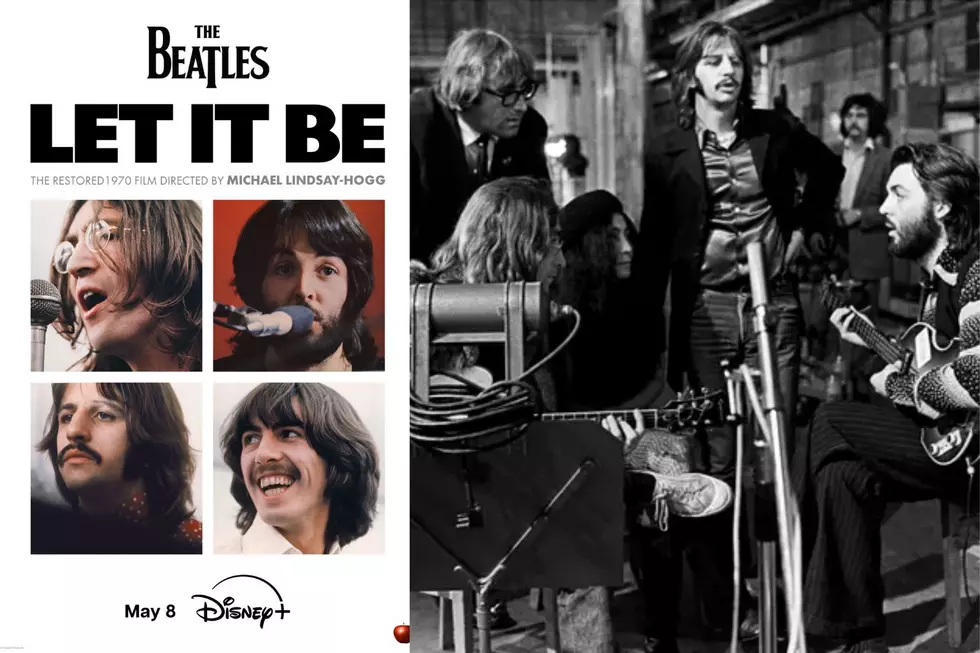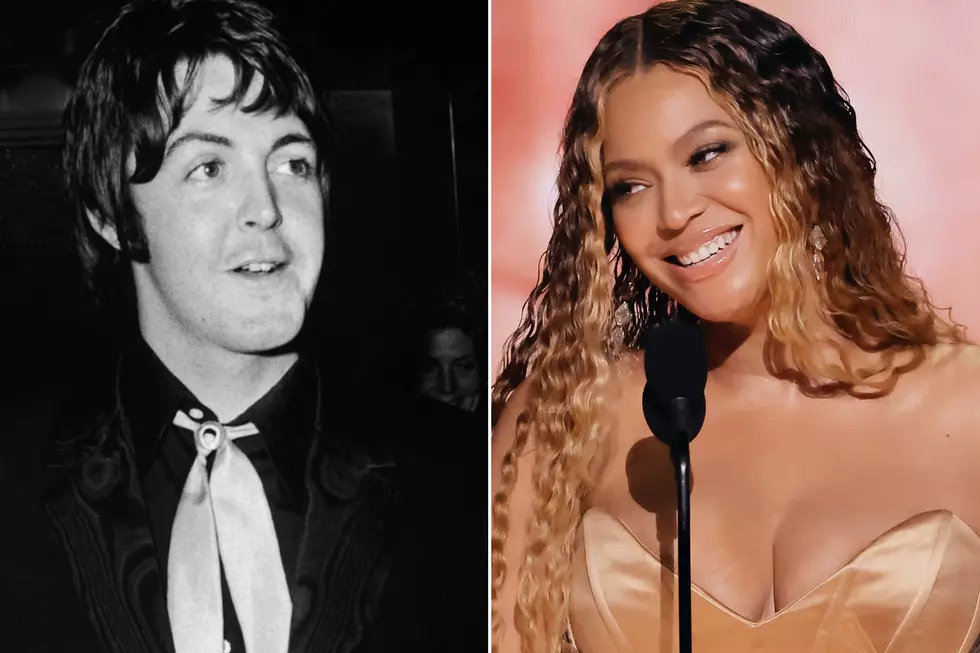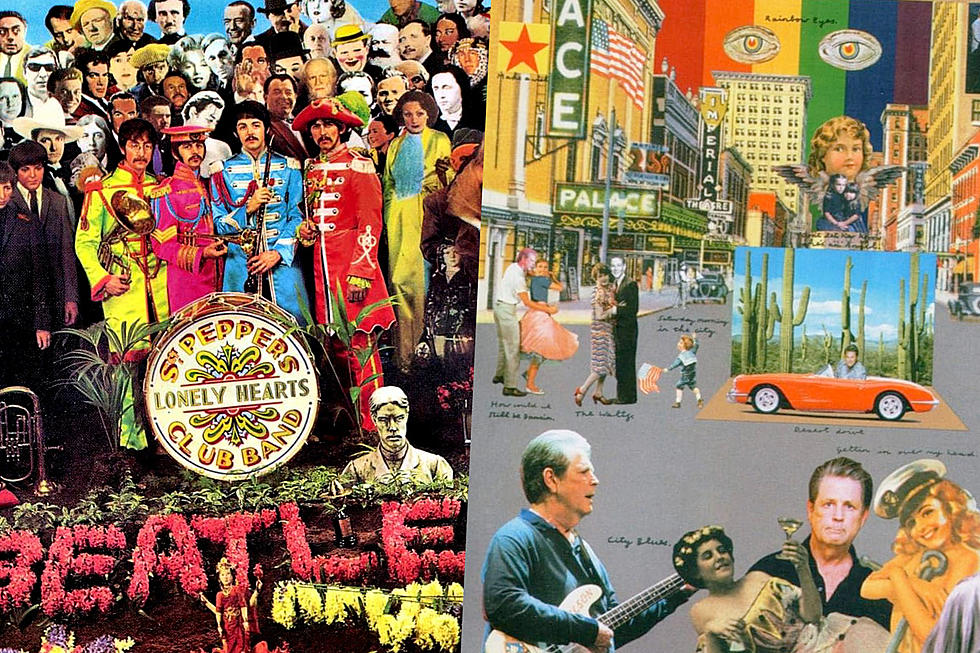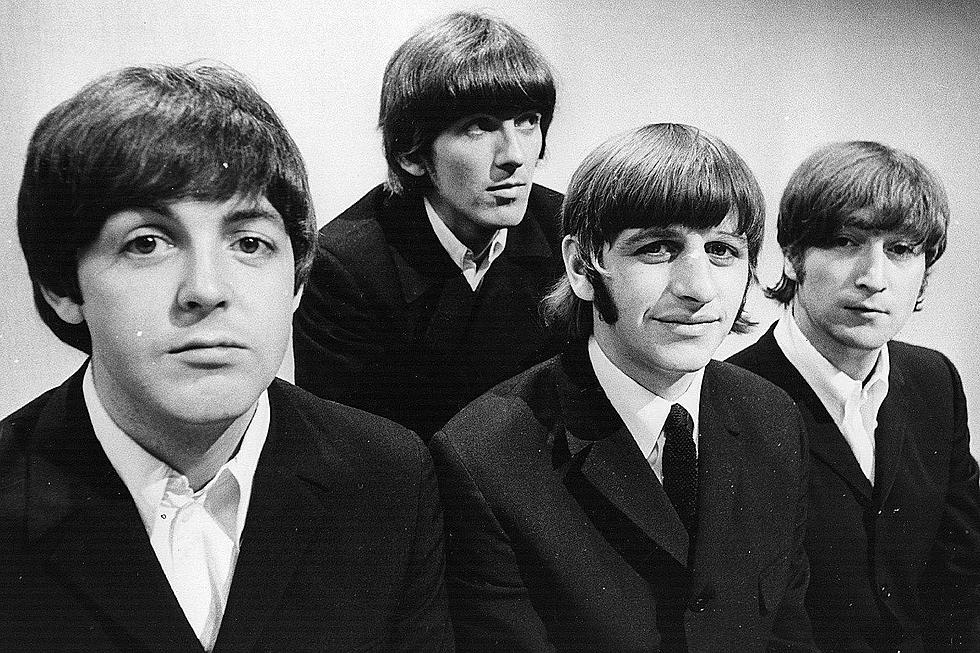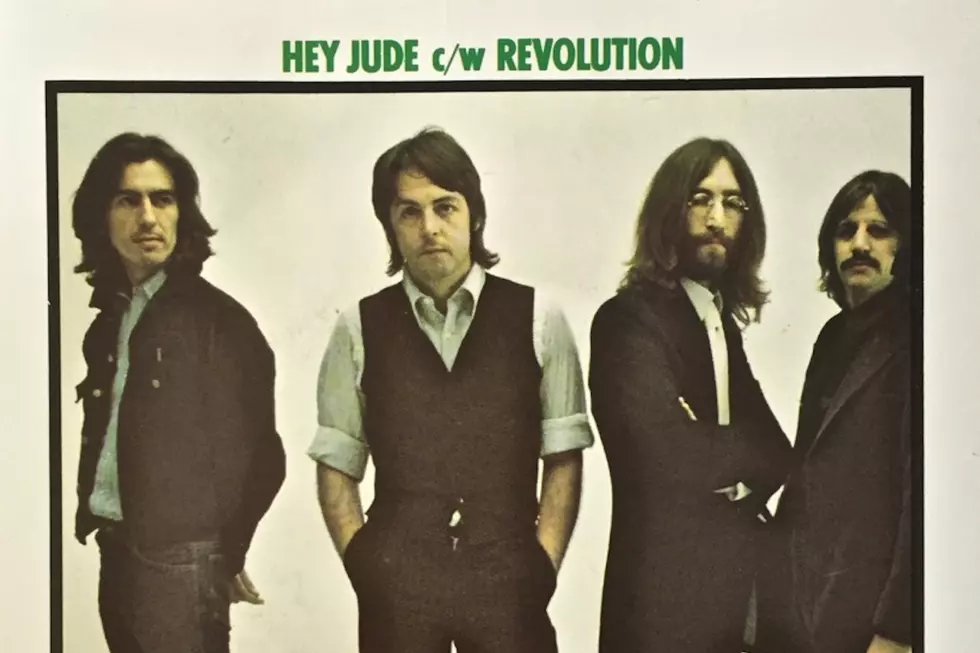
When the Beatles Finally Got Political With ‘Revolution’
The Beatles launched their Apple Records label on Aug. 26, 1968 with a new single featuring John Lennon's politically minded "Revolution."
The song was recorded twice, first as a slow blues – called "Revolution 1" and issued on The Beatles – and then as a searing rocker. The album also featured Lennon's experimental "Revolution 9," which was separated and developed from the last six minutes of the final take of "Revolution 1."
Even though they had stayed away from making political statements throughout their career, Lennon wanted to release "Revolution 1" as a single. The other members of the band felt the initial take lacked power, however, and recorded a new version on July 10. Nicky Hopkins overdubbed electric piano, including a solo, the next day.
The song's distinctive opening buzz-saw guitar lick – played by Lennon and George Harrison simultaneously – was achieved by overloading the signal through pre-amps and directly inputting it into the console. This was not allowed at the still-somewhat conservative Abbey Road Studios, even for the Beatles. Fortunately, nobody found out about it.
Watch the Beatles Perform 'Revolution'
There was one other main difference between the two versions. Just before the first chorus of his original take on "Revolution 1," Lennon sang: "But when you talk about destruction / Don't you know that you can me out ... in," illustrating his mixed feelings. On the subsequent single, Lennon only sang "out."
"Revolution" arrived on Aug. 26, 1968, in America and in the U.K. four days later. And if you needed any more proof of the Beatles' greatness: "Revolution," which would have been a career highlight for thousands of bands, was relegated to the B-side. The A-side was "Hey Jude," which stayed at No. 1 in the U.S. for nine weeks, a then-record.
Top 10 Double Albums
Who Was the Fifth Beatle?
More From Ultimate Classic Rock
